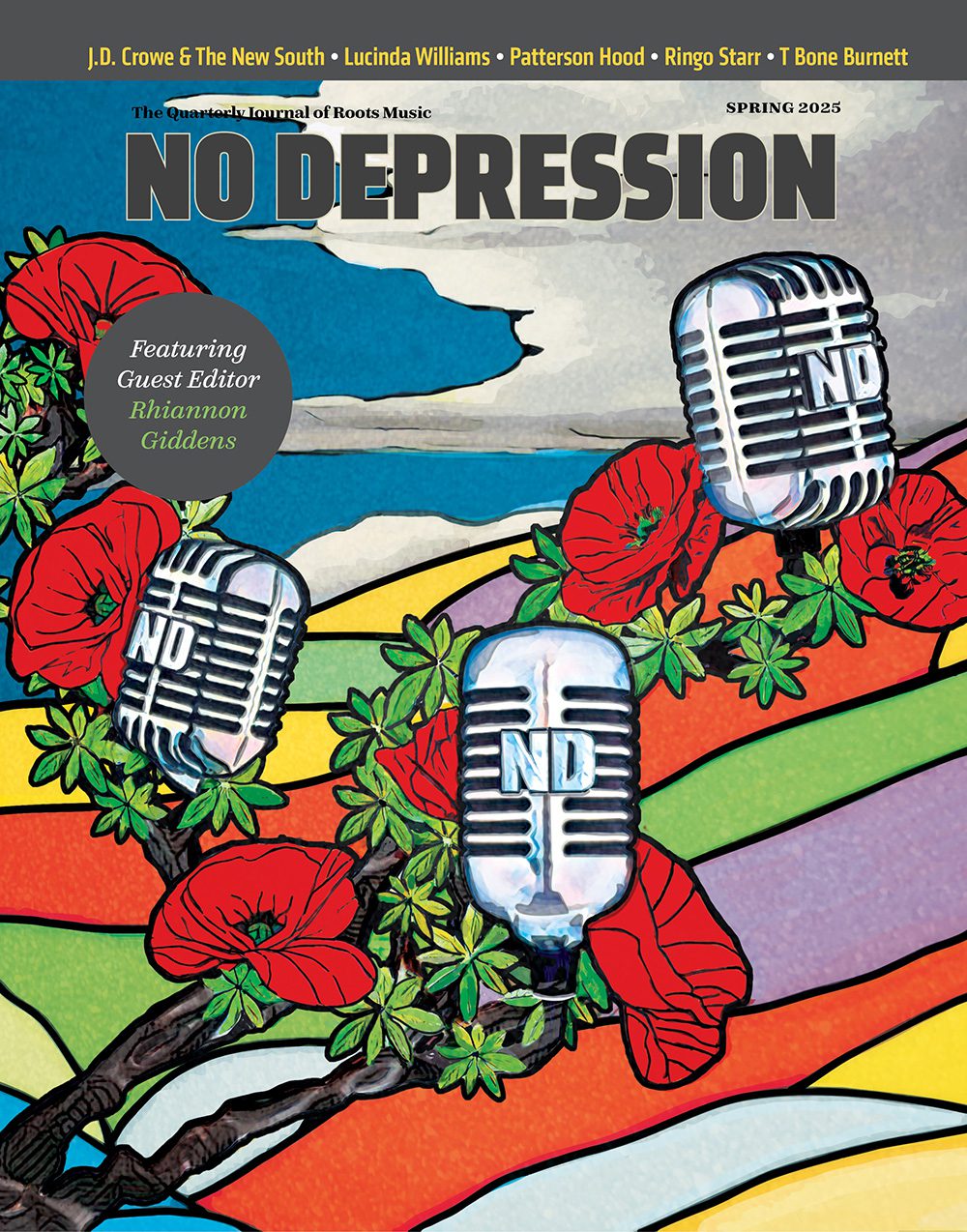THE READING ROOM: ‘John & Paul: A Love Story in Songs’ Highlights Intimate, Complicated Beatles Relationships

'John & Paul: A Love Story in Songs,' written by Ian Leslie, was published on April 8 via Celdaon.
On shelves already groaning under the weight of books on The Beatles (not to mention books by and about former Beatles), there is always space for one more exploration of the teetering highs and staggering lows of a band lurching from the summit of rock stardom to the valley of breakup. In John & Paul: A Love Story in Songs, an affectionate and detailed analysis of much of the Beatles’ music — Ian Leslie focuses on the intimate and often complicated relationship between the group’s primary songwriters, John Lennon and Paul McCartney.
With the heart and soul of a fan, Leslie traces Lennon’s and McCartney’s evolving relationship and their songwriting from earliest meeting in 1957 until Lennon’s death in 1980. What emerges out of this chronological and analytical approach is a portrait of two friends whose love for each other animates their individual and joint songwriting. In their early meetings, the two sat across from each other, swapping notes and teaching the other new songs they were learning.
According to Leslie, “The Lennon-McCartney partnership was a very different creature. It entailed the two of them educating each other in the art of songwriting and doing so from scratch, or, if not from scratch, then from whatever was lying around: records, TV, books of guitar chords, a few tips from experienced musicians like Paul’s dad. And there was no division of labor…Words and music were intuitively understood by both as a single compound. Music created meaning, words made rhythms and sounds.”
Additionally, “They could listen to a song one or two times and not just remember it but swallow it, digest it, absorb it into their bloodstream. Every song they played became a Beatles song; they stole but never copied. Being different was a marketing strategy but above all an expression of voracious musical curiosity.”
Lennon’s and McCartney’s influences ran deep, as Beatles fans know. Some of their earliest hits came from the Motown catalog, and The Beatles also found material in tunes from Chuck Berry and Little Richard, among others. Leslie points out that John and Paul were strongly influenced by the “intimate harmonizing of The Everly Brothers, but their incorporation of George into a three-part chorus, and their use of ‘ahhs’ and ‘oohs’ to support the lead line, owed more to doo-wop and to girl groups…Lennon understood, in his bones, the emotion that animates ‘Will You Love Me Tomorrow’: wanting love and not trusting it to stay. What he learned from Smokey and from Black teenage girls was how to communicate the feeling rather than just feel it.”
By the time The Beatles made Rubber Soul, the band had developed, observes Leslie, from “performers who made LPs to recording artists who worked with sound to make album-length artistic statements. …As much as John and Paul loved songs, they were always entranced by the sounds of the records they adored.”
The value of Leslie’s book lies in his analysis of many of the 159 songs that Lennon and McCartney wrote while in The Beatles. For example, “Please Please Me,” writes Leslie, “is a series of climaxes: the mouth organ’s clarion call; the opening harmony; the call and response; the sweet release of the chorus; the final oh yeahs. It combines Bing Crosby, The Everlys, Little Richard, girl groups, and Motown, yet instead of sounding patched together it is utterly itself, unified by force of collective personality.”
He continues, “‘Ticket to Ride’ resembles a stoned ‘I Feel Fine.’ Like that track, it is based on a guitar riff. When we first hear it, it sounds straightforwardly sunny. But then the drums enter like a roll of thunder and a disjointed beat, rather than giving flight to the riff, drags it back. The song hangs on its opening chord for slightly longer than is comfortable as a droning bass roots us to the spot. When Lennon begins to sing, he sounds weary, rueful, dazed: ‘I think I’m gonna be sad’ … The Beatles had never sounded like this before. Nobody had.”
“Strawberry Fields Forever” and “Penny Lane” are examples of Lennon and McCartney leaning into their own individualism. “A Day in the Life” juxtaposes both, to seismic effect. “The Two of Us” is a jokey, yet heartfelt song in which Lennon and McCartney share the same deep affection for music they had as teenagers.
When Leslie’s fandom surfaces, though, his analysis often leads to overblown assessments. Still, he concludes in this book that Lennon and McCartney found a way to share their love for each other through music and in “doing so…made the world an immeasurably better place. Because it was John; because it was Paul.” His in-depth analysis and vivid writing bring their emotional bond to life in fresh ways, providing yet another look at the genius of the duo’s songwriting.
John & Paul: A Love Story in Songs was published on April 8 via Celadon Books.




